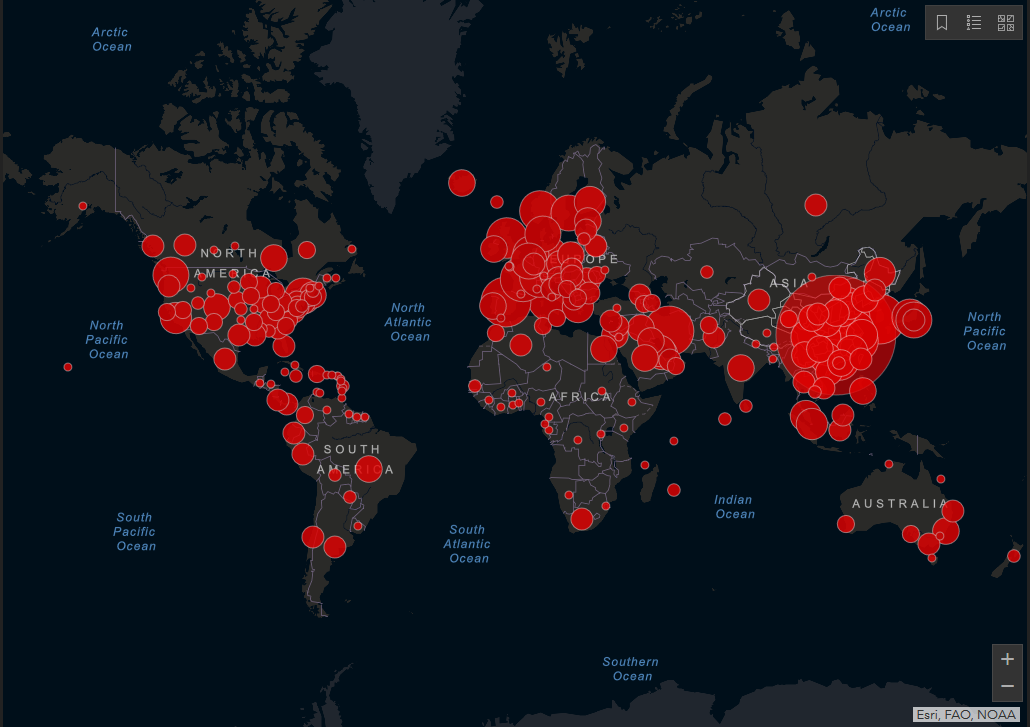> – Red China’s Defense Minister Wraps Up Latin American Tour in Colombia and Brazil after Promoting Mil-Mil Cooperation with Mexico
– Red China’s Defense Minister Wraps Up Latin American Tour in Colombia and Brazil after Promoting Mil-Mil Cooperation with Mexico
– Chinese Troops in Mexico for Real: 36-Member People’s Liberation Army Honor Guard to Attend Mexico’s 200th Independence Day Celebration
On September 9, 5,000 troops from the member states of the Shanghai Cooperation Organization (SCO) converged in the “former” Soviet republic of Kazakhstan to carry out the SCO’s seventh “anti-terrorist drill,” Peace Mission 2010. Founded nine years ago, the SCO includes Russia, China, Kazakhstan, Tajikistan, Uzbekistan, and Kyrgyzstan, and represents the Eurasian section of the Communist Bloc. In June Kazakhstan assumed the SCO’s rotating presidency.
Pictured above: Chen Bingde (right), chief of the General Staff of the Chinese People’s Liberation Army, meets with Saken Zhasuzakov, first deputy defense minister and chief of the General Staff of the Kazakh Armed Forces, in Almaty, Kazakhstan, on September 9.
Russia will contribute 1,000 troops; 130 tanks, self-propelled artillery systems, and infantry fighting vehicles; 100 trucks, and 10 aircraft, including Su-24 Fencer tactical bombers, Su-25 Frogfoot close-support aircraft, and Mi-8 transport helicopters. The People’s Republic of China (PRC) will deploy 1,000 ground and airborne troops of the People’s Liberation Army (PLA) and People’s Liberation Army Air Force, as well as a logistical group. Host Kazakhstan, which recently completed the Steppe Eagle maneuver with the US Armed Forces, will contribute 1,000 troops, 120 tanks, 30 armored personnel carriers, and an assortment of armored fighting vehicles, planes, and helicopters. Each SCO member state is expected to contribute at least on operational-tactical group.
“The active stage of the exercise will take place on September 24. The defense ministers of the SCO member states will arrive at the Matybulak training range to watch the ‘joint anti-terrorist operation,’” the Kazakh Defense Ministry commented blandly, ignoring the obvious fact that the Peace Mission drills are nothing less than a preparation for war against NATO. The first Sino-Soviet Peace Mission war game took place in 2005. Two others so named followed in 2007 and 2009. In addition, as noted above, the SCO has conducted three other “anti-terrorist drills.”
In a related story, the Northern Fleet, the Russian Navy’s most powerful, is presently carrying out a “large-scale” maneuver in the Barents Sea, involving 4,000 sailors and submariners. Surface vessels include the missile cruiser Marshal Ustinov, destroyer Admiral Ushakov, anti-submarine destroyer Admiral Chabanenko, in addition to some submarines. The servicemen of the Northern Fleet practiced torpedo and missile launches, artillery shooting, submarine search and destroy missions, and downing enemy aviation. Prior to the drill, the Russian Navy shipped an S-300 anti-missile battery to Kildin Island. From this location the S-300 air defense system successfully shot down four cruise missiles launched by naval vessels.
State-run Novosti also reports that between September 3 and 6, the Russian and French navies conducted a joint exercise that included replenishment of supplies, ship-to-ship transfer of goods, and helicopter landings. The lead Russian vessel was the nuclear-powered missile cruiser Peter the Great, although the Kremlin report did not indicate where the Franco-Russian drill occurred, presumably somewhere in the North Atlantic Ocean. In view of NATO member France’s willingness to participate in an international tender to sell/build four helicopter carrier/ amphibious assault ships for Russia, combined drills between the Russian and French militaries is not surprising.
 Pictured here: On September 11 Red Chinese honor guard marches through streets of Mexico City in rehearsal of upcoming celebration of Mexico’s 200th year of independence.
Pictured here: On September 11 Red Chinese honor guard marches through streets of Mexico City in rehearsal of upcoming celebration of Mexico’s 200th year of independence.
Like “post”-communist Russia, which is seeking to reestablish Cold War-era ties with new and old leftist regimes in Latin America, the PRC is also moving rapidly into region with trade deals and arms packages. In a symbolic gesture that portends deeper bilateral military cooperation, Communist China has been invited to send a 36-person honor guard to attend September 15 celebrations in connection with Mexico’s 200th anniversary as an independent country.
The arrival of the PLA squad in Mexico follows an official four-day visit by Red China’s defense minister, Liang Guanglie. At this time Beijing and Mexico City pledged to promote “military cooperation,” which expressly included training exchanges for military officers and, later no doubt, an option for the Mexican government to buy Chinese weapons. The scenario of Sino-Mexican military exercises was not publicized, but the new Beijing-Mexico City Axis definitely opens the door to this possibility.
Afterward, with the same mission in mind, Liang flew to Bogota, where he met with Colombia’s new president, Juan Manuel Santos, formerly defense minister under the last center-right Colombian president, Alvaro Uribe. Liang commented on his tete-a-tete with Santos:
Ties between the two countries have been developing smoothly since diplomatic relations were established 30 years ago. China attaches great importance to the development of bilateral ties and would like to make joint efforts with Colombia to further boost the ties. Military ties, an important component of bilateral ties between China and Colombia, have been strengthened, with great achievements made in the fields of mutual visits and personnel training. China is willing to enhance its military ties with Colombia and expand bilateral military exchanges and cooperation.
President Santos replied that “the two countries should join hands to continuously explore the cooperative fields.” Liang also met with Santos’ defense minister, Rodrigo Rivera, who invited the Red Chinese official to Colombia. Rivera also agreed to promote military exchanges and cooperation.
For the last 45 years, Colombia has been wracked by a Moscow-backed communist insurgency that also fuels the Western Hemisphere’s drug wars. Liang’s promise to deepen bilateral military cooperation between the PRC and Colombia exposes the Communist Bloc’s scheme to subvert this South American ally of the USA into a web of entangling alliances.
Following his three-day stopover in Bogota, Liang proceeded to his final destination, Brazil. There he met with the official who invited him, Defense Minister Nelson Jobim. After conferring with Jobim and other high-ranking officials, Liang inspected some military bases. In a prepared speech that largely regurgitated his comments in Mexico and Colombia, Liang “offered his sincere greetings and good wishes to the Brazilian people and armed forces on behalf of the Chinese Ministry of National Defense and the Chinese People’s Liberation Army.” He continued:
The aim of this visit is to strengthen mutual understanding between the two armies, deepen friendship, promote cooperation, and explore more areas for cooperation between the armed forces of the two countries. China is keen to develop bilateral relations of the armies, to deepen military cooperation with the Brazilian side, to promote relations between the two countries, and devote our due contributions to safeguarding international and regional stability and safety.
Brazilian President Luiz Inácio Lula da Silva’s center-left government includes the Communist Party of Brazil. Twenty years ago Lula’s Workers’ Party, along with the Communist Party of Cuba, co-founded the subversive Sao Paulo Forum, which will next meet in a plenary session in Managua in 2011. In 2002, when Lula first ran for president, Communist Cuba illegally funneled US$3 million into the coffers of the Workers’ Party.



















